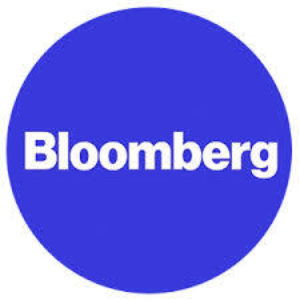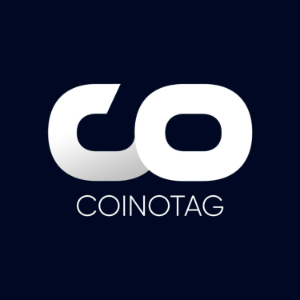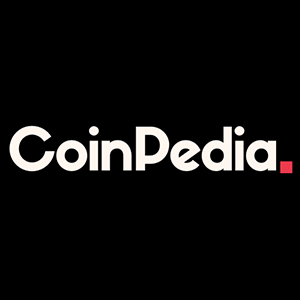The Graph to integrate Chainlink CCIP for GRT bridging
3 min read
The Graph Foundation has unveiled ambitious plans to integrate Chainlink’s Cross-Chain Interoperability Protocol (CCIP), a strategic initiative aimed at significantly boosting the accessibility and utility of its native GRT tokens. This move will focus on bridging GRT to prominent blockchain ecosystems including Arbitrum, Base, and Solana, heralding a new phase of cross-chain functionality for the decentralized indexing protocol. Expanding horizons: unlocking cross-chain GRT transfers At the core of this initiative is the goal to establish secure and reliable pathways for GRT tokens, enabling seamless transfers between Ethereum and the targeted networks of Arbitrum, Base, and Solana. By harnessing the capabilities of Chainlink’s CCIP, The Graph seeks to lay a robust foundation for enhanced cross-chain interactions. This development is poised to empower both users and developers by allowing them to interact with GRT across a broader spectrum of blockchain environments, thereby increasing its liquidity and reach. Phased approach: building the bridging backbone first The initial phase of this integration will be dedicated to the deployment of the essential bridging infrastructure. This foundational work will facilitate the straightforward transfer of GRT tokens between the specified chains. It’s important to note that this initial setup will not immediately enable more complex functionalities such as cross-chain staking or the payment of query fees using GRT on these other networks. However, this crucial first step is designed to pave the way for these and other potential future enhancements, creating a more versatile ecosystem for GRT. Future possibilities: staking, delegation, and L2 query fees The establishment of these secure bridges through Chainlink CCIP opens up a vista of exciting potential future enhancements for the GRT token and The Graph network. Among the prospective functionalities are: Cross-chain staking and delegation: This could empower users to stake their GRT tokens or delegate them to Indexers across different supported blockchains, offering greater flexibility and potentially new yield opportunities. Query fee payments in GRT on layer 2s: The integration could facilitate the use of GRT for settling query fees directly on Layer 2 networks like Arbitrum and Base, potentially reducing transaction costs and improving efficiency for data consumers. The Graph Foundation emphasizes that these advanced functionalities are currently considered prospective and are not part of the initial deployment. Their implementation will depend on further development and ecosystem readiness. Deepening Solana integration: a commitment to diversity The inclusion of Solana in this cross-chain initiative underscores The Graph’s ongoing commitment to fostering a diverse and interconnected multi-blockchain landscape. By extending the presence and utility of GRT to the high-performance Solana network, The Graph aims to cultivate deeper integration and collaboration within the vibrant Solana developer and user community, further solidifying its role as a critical infrastructure provider across multiple ecosystems. A step towards a more interconnected Web3 The Graph Foundation’s decision to adopt Chainlink’s CCIP for GRT bridging marks a significant step forward in its mission to enhance the token’s cross-chain capabilities. This strategic initiative is not just about token mobility; it represents a broader move towards creating a more interconnected, versatile, and user-friendly blockchain ecosystem, where data and value can flow more freely across disparate networks. The post The Graph to integrate Chainlink CCIP for GRT bridging appeared first on Invezz

Source: Invezz



